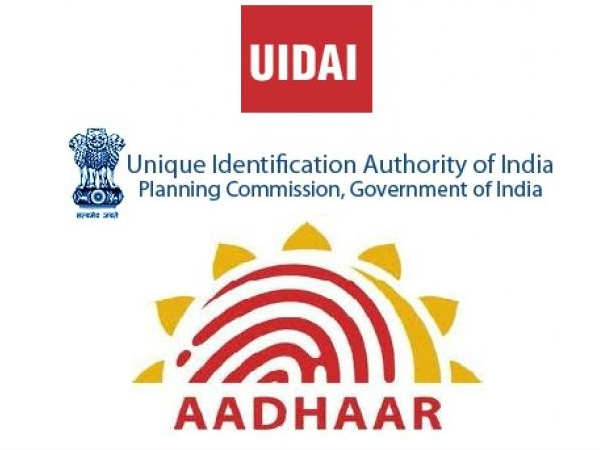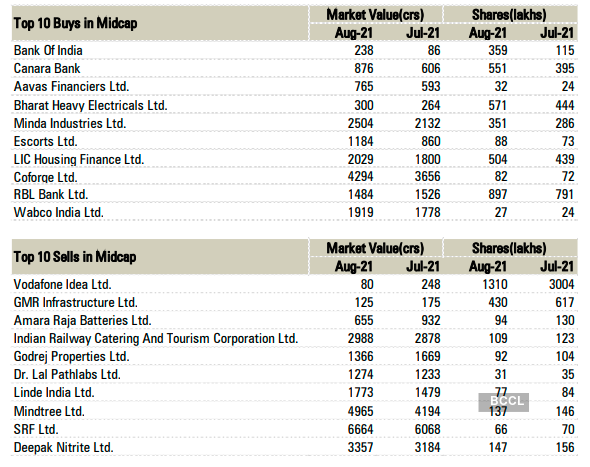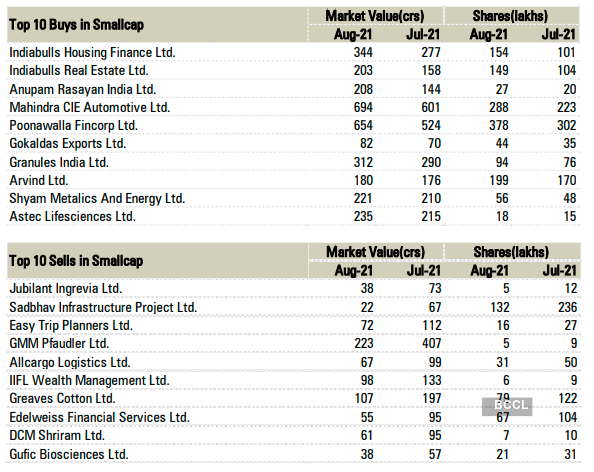With interest rates bottoming out, fixed income investors have been scouting for options with higher returns. But higher returns invariably mean higher risk. Consider the case of the FD scheme of Hawkins Cookers. The company is offering 7.5 per cent per annum for deposits with a tenure of 12 months. For deposits of 24 and 36 months, the rates offered are 7.75 per cent and 8 per cent per annum, respectively. These rates are higher than many others in the market today.
But the flipside is that FDs of Hawkins are rated ‘MAA’/Stable rating by ICRA. While this rating implies high credit quality and low credit risk, it is a couple of notches below the highest rating of ‘MAAA’ — indicating that the Hawkins deposit has higher risk than the safest deposits in the market today.
Investors who can take such higher risk for higher returns can consider the FD scheme of Hawkins that opens on Wednesday, September 15, 2021. Interested investors should note that they should pre-register for the FDs on the company’s website (https://www.hawkinscookers.com/fd2021.aspx), beginning 9:30 am. Once you register, you will get a pre-acceptance number and the payment has to be made within 10 days, with a filled in FD application form. If the pre-accepted numbers cross the threshold amount (₹28.17 crore) which the company intends to raise through FDs, you will be put on a wait-list. Wait-listed applications will be considered if pre-approved applicants fail to pay within the stipulated time.
At the current juncture, locking into deposits with longer tenures could mean missing out on higher returns when the rate cycle begins to move up. A one- to two-year time-frame hence, seems better, as this could perhaps give the opportunity to reinvest at higher rates later on.
Why FD investors get the short end of the stick under waterfall mechanism
The company accepts a minimum of ₹25,000 as deposit and in multiples of ₹1,000 thereafter — up to a maximum of ₹20 lakh. Investors can choose from the cumulative and non-cumulative options. Under the former, interest will be compounded at monthly rests and paid on maturity, along with the principal. A deposit of ₹25,000 will fetch ₹26,941/ 29,177/31,756, at maturity, for tenures of 12/24/36 months, respectively. For non-cumulative deposits, interest will be paid out on half-yearly basis.
Given the relatively higher risk, it is recommended that investors restrict their investments to the minimum amount. Also, it will suit those with a bigger investible surplus on hand as they can park only a portion of their surplus here.
Better rates than others
The interest rates offered by Hawkins are relatively higher across tenures. For a 12-month deposit, while public sector banks offer 4.25-5.15 per cent, private banks offer up to 6 per cent, and small finance banks (SFBs) offer up to 6.5 per cent — Hawkins offers 7.5 per cent. For tenures of 24/36 months, banks currently offer up to 7 per cent, while Hawkins offers 7.75 and 8 per cent, respectively.
But the relatively lower rates offered by banks on their deposits are commensurate with their relatively higher safety. FDs with banks (including those with SFBs) are covered under the deposit insurance offered by DICGC, for up to ₹5 lakh per bank. This cover is not available for corporate FDs such as those of Hawkins.
The rates offered by Hawkins are 150 to 220 basis points higher than those offered by NBFCs, such as Bajaj Finance and Sundaram Finance. But these deposits have a higher credit rating (AAA), indicating better safety.
Even among its peers with about similar rating, the rates offered by Hawkins score better. For instance, Shriram Transport Finance’s deposits, rated MAA+ by ICRA (also rated FAAA by CRISIL), offer 6.5/6.75/7.5 per cent per annum and tenures of 12/24/36 months, respectively. JK Paper has a similar rating (‘FAA’/Stable by CRISIL), but the interest rates offered by it are 50-75 basis points lower than those offered by Hawkins, across tenures.
About the company
Hawkins is one of the leading manufacturers of pressure cookers in India with a wide distribution network (the brand has second highest market share of 34.9 per cent). The company has also diversified its product portfolio into other cookware products that constitute about 20 per cent of its turnover.
However, Hawkins is a small company, both in terms of turnover and market capitalisation (₹3,281 crore).
While the company’s revenue grew by 10.3 per cent compounded annual growth rate (CAGR) over FY16 to FY19, the growth was muted in FY20 — 3.2 per cent (y-o-y) to ₹674 crore, owing to the Covid-19 lockdown restrictions in March quarter. In FY21, however, with the company upping its online presence, sales saw a re-bound and grew by 14 per cent (y-o-y) to ₹768 crore.
Net profit grew by 14.5 per cent CAGR over FY16 to FY21 to ₹80.6 crore.
Hawkins plans to meet its working capital requirements from this FD scheme, apart from using the money as a buffer for any unforeseen exigencies. The company has unencumbered cash and liquid investments of ₹167 crore in FY21 compared to ₹48.5 crore as of March 31, 2020, owing to shorter debtor turnover days during the year (revised policy in FY21). Besides, as per ICRA’s rating rationale, the company also has largely unutilised working capital limits, which provide a liquidity cushion.
The company is net-debt free, and its debt to equity ratio is healthy at 0.13 times as of March 2021.
All you wanted to know about NRI bank fixed deposits
While the lockdowns initially impacted the sale of its products, the WFH scenario has helped boost their demand, thereafter. In the recent June quarter, the company’s top line soared by 50 per cent over the year ago period to ₹151.45 crore. Besides, while continuing fixed costs despite abysmal sale volumes and rising input prices dented its profits last year, the company raised prices by 5-10 per cent this year. Following the price rise and sales getting back to normal, its net profits inched up to ₹17.13 crore during June 2021 quarter, compared to ₹6.45 crore in the corresponding quarter last year.
Conservative investors who prefer full safety of capital over returns may avoid this offer, given its lower credit rating and the unsecured nature of the deposits.
















